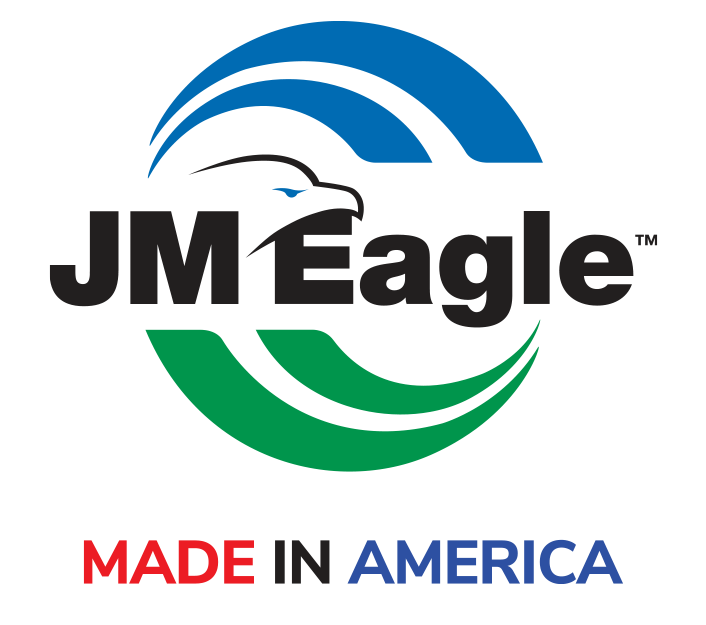The Economics of Water Main Failures
Most municipalities that have been maintaining aging infrastructure for decades simply absorb the effort and costs required to repair water main pipeline breaks when they occur. Seldom do many municipalities make the efforts required to track the costs and evaluate the cost benefit of proactively rehabilitating the existing pipe line versus continuing to repair emergency breaks. The overall costs of the emergency breaks on larger diameter pipeline systems can grow exponentially.
Additionally, social and environmental costs associated with water main pipeline failures are often borne by third parties, such as customers, residents, businesses and insurance companies. Social costs may include loss of business revenue due to increased traffic congestion or poor accessibility, worker productivity loss, loss of time due to traffic delays, accelerated deterioration of alternate roads that must be used during maintenance of traffic activities, damage to established landscaping and property values, and increased accident rates. Environmental costs can include increased greenhouse gas emissions, noise, impact to natural resources, dust and debris and any additional environmental impact due to uncontained fluid release.
This article will detail potential actual costs incurred to fix water main failures. For the purpose of relevant comparison, various cost scenarios for an escalating level of water main pipeline failure impacts are presented. Two lesser cost failure scenarios that many utilities often encounter were evaluated for their social, environmental and economic impacts and a third scenario was reviewed from available technical literature for the potential for a much more catastrophic failure. All three failure scenarios are presented here.
Read more here: https://waterfm.com/the-economics-of-water-main-failures/
